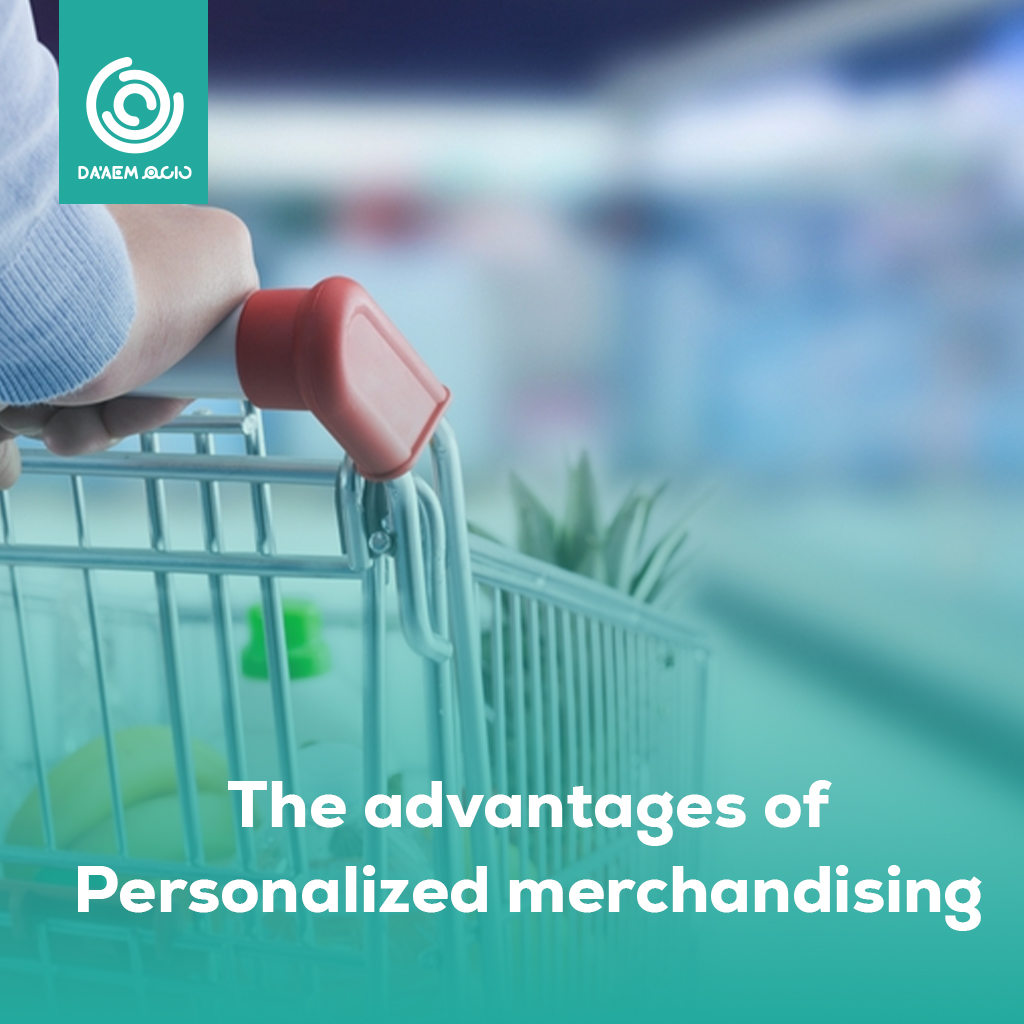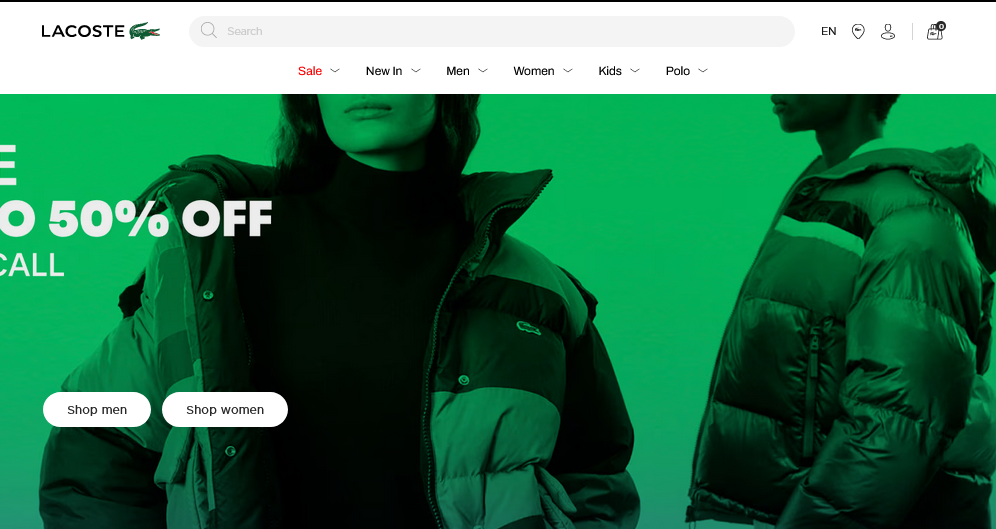Personalized merchandising in the context of e-commerce involves tailoring the presentation of products to individual users based on their preferences, behaviors, and other relevant data. While the basic concept may seem straightforward, the challenge lies in providing the right context for both the products and the shoppers within the digital omnichannel environment.
In traditional brick-and-mortar stores, the physical layout, signage, and interactions with sales staff contribute to the overall context in which products are presented and purchased. In the digital realm, replicating this context is more complex, as it requires addressing both physical and strategic challenges.
One major challenge is understanding and interpreting user intent. Unlike in a physical store where interactions are more direct, online shoppers often rely on search functions to find what they’re looking for. This is where site search plays a crucial role. By implementing an effective site search, e-commerce retailers can help users articulate their intent, leading to more accurate and relevant results.
Explore New Horizons for Your Business
Elevate your sales game with innovative merchandising solutions, Unleash the power of strategic product presentation and revitalize your shelf efficiency, It’s time to take action and witness the positive impact on your bottom line.
The advantages of Personalized merchandising

Merchandising serves as a crucial element in a retailer’s strategy, providing context to products and driving customer engagement. Despite common goals, the approach to merchandising varies significantly between physical and digital retail environments.
In traditional brick-and-mortar shops, the physical space allows for a level of authenticity that online storefronts struggle to replicate. Retailers understand the importance of influencing a shopper’s response through purposeful merchandising, aiming to maximize a product’s exposure and, consequently, boost visibility, foot traffic, and sales. Some effective methods employed in physical stores include:
- Window and In-store Displays: Captivating displays in windows and within the store itself can draw attention and entice customers.
- Controlling the Floor Layout: The strategic arrangement of aisles and product placements influences the flow of foot traffic, guiding customers towards specific areas.
- Colorful Decor: A visually appealing store environment enhances the overall shopping experience and can impact purchasing decisions.
- Location of Promoted Product: Placing a prominently promoted product in a high-traffic area increases its chances of catching the customer’s eye.
- Grouping Related Products Together: Creating thematic sections or product groupings can encourage customers to explore related items, potentially leading to additional purchases.
- Upsells by the Counter: Strategically placing smaller items or impulse buys near the checkout counter encourages last-minute purchases.
Personalized Merchandising in digital world
Merchandising in the digital realm requires a thoughtful approach due to the shift from physical senses to digital interactions. While e-commerce lacks the tactile and sensory experiences of traditional retail, it introduces its own challenges related to navigation and product spotlighting.
In the digital landscape, users navigate through scrolls and clicks, relying on menu bars and facets. However, integrating an effective search function into the omnichannel architecture can significantly improve navigation. Studies show that a considerable percentage of users prefer using search (59%), leading to a boost in the average conversion rate.
Despite the advantages of search, merchandising in the online space presents its own set of challenges. While homepage and interface promotions are common, these generic methods may not cater to individual user preferences. Merchandising isn’t a one-size-fits-all strategy, as each user and segment is unique.
For instance, featuring a graphic advertisement on the homepage for a seasonal sale might not be the most optimal approach for all users. The challenge lies in capturing each shopper’s unique preferences and connecting their context with the products they are searching for.
To address this, e-commerce retailers can explore personalized merchandising strategies. This may involve leveraging data analytics to understand user behavior, preferences, and past interactions. Implementing personalized recommendations based on a user’s browsing history or purchase patterns can enhance the relevance of product spotlighting.
Additionally, segmentation and targeting specific user groups with tailored promotions can be effective. Rather than relying solely on a broad approach, businesses can identify key customer segments and create targeted merchandising strategies for each. This approach allows for a more nuanced and personalized shopping experience.
How does Personalized Merchandising help?
Personalization plays a crucial role in enhancing the merchandising experience in the digital realm. Here’s how it contributes to improving user satisfaction and driving revenue:
Reflecting User Context:
- Personalization is about tailoring the merchandising experience to an individual user’s unique context. This approach acknowledges that each user is different, and their preferences, behaviors, and intents should inform the shopping experience.
Value for Users:
- Studies indicate that 53% of online shoppers consider personalized shopping experiences valuable. By catering to the specific needs and interests of users, businesses can create a more engaging and satisfying online environment.
Revenue Increase:
- When personalization is integrated with proprietary customer data, it can lead to a significant revenue boost. Research suggests that revenue can increase by 6% to 10% when personalization strategies are effectively implemented.
Real-Time User Behavior:
- Personalization involves analyzing user behavior in real-time across various touchpoints. This allows for the delivery of curated content that is relevant to each user segment.
Hyper-Relevance in Search:
- In the context of search, personalization can be viewed as ‘hyper-relevance.’ When users search for a specific item, personalized search results ensure that the displayed products align with their preferences. This level of relevance is crucial for creating a personalized and satisfying shopping experience.
Preventing Frustration:
- Irrelevant search results can lead to user frustration. Personalizing search results based on user preferences helps prevent this frustration, as users are more likely to find what they are looking for quickly and easily.
Site Search Architecture:
- Implementing a robust site search architecture is essential for maintaining relevance and sharp personalization. This involves capturing user intent accurately and presenting the most relevant results. The search algorithm takes into account various criteria, including spelling, filters, and even business metrics like margin and units sold.
Precision in Personalized Merchandising:
- Personalized merchandising goes beyond a one-size-fits-all approach. By considering individual user preferences and behaviors, businesses can tailor their merchandising strategies with precision, increasing the likelihood of converting leads into customers.
Enhancing Shopping Experiences Through Personalized Merchandising

Personalized merchandising addresses the challenges of e-commerce by establishing a direct and collaborative communication channel with users. Unlike traditional retail, where physical constraints impact the merchandising process, e-commerce leverages personalized approaches to enhance the shopping experience, effectively addressing navigation difficulties and providing relevant search results.
As users engage with site search during their buyer’s journey, the personalized merchandising experience becomes almost intimate, presenting them with results tailored to their individual needs and preferences.
The collaborative nature of personalized merchandising is particularly noteworthy. It ensures that both the user’s intent and the business goals are taken into consideration. In this dynamic interaction, the user’s unique preferences and intents are heard clearly, while the business objectives are also given due attention.
Each shopper is distinct, and their search intent can manifest in numerous ways. A robust site search engine goes beyond literal query matching, providing textual relevance that ensures even closely related queries align with the user’s intent. This adaptability ensures that relevant content is returned for every variation, catering to the diverse needs of every segment of users.
The beauty of personalized merchandising lies in its ability to harmonize user contexts with business objectives. The results presented not only match the user’s search intent but also align with the metrics and goals set by the business. This collaborative approach ensures that the digital shopping experience is not only personalized and user-centric but also strategically aligned with the merchandising goals of the e-commerce platform.
Brands that Mastered the Art of Personalized Merchandising
Lacoste

At Lacoste, the significance of a robust site search solution resonates deeply in their omnichannel landscape. Take a glance at their homepage, and you’ll immediately notice the strategic fusion of intelligent merchandising and a prominently placed search bar.
The artistry of merchandising isn’t lost on Lacoste’s homepage. While the specific business metrics guiding their choices remain a mystery, the deliberate emphasis on certain products is unmistakable. A search for ‘tennis’ catapults a premium collection into the spotlight, even though the description omits the term itself.
Navigating through the search term ‘leather’ unveils collaborative products with partners prominently featured in the results, showcasing Lacoste’s prowess in tailored merchandising.
Following the integration of site search across their online and mobile platforms, Lacoste witnessed an impressive 210% surge in search utilization. The ripple effect? A remarkable 37% increase in conversion rates, accompanied by a substantial 150% uptick in sales contributions.
Get in touch
